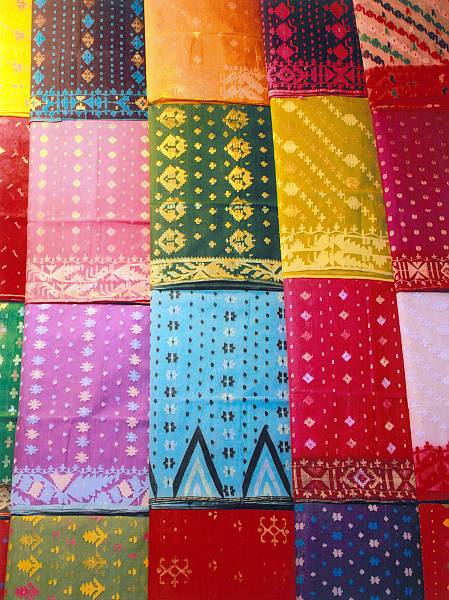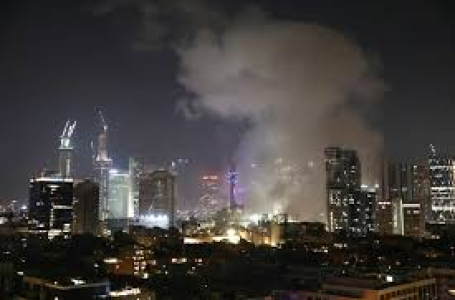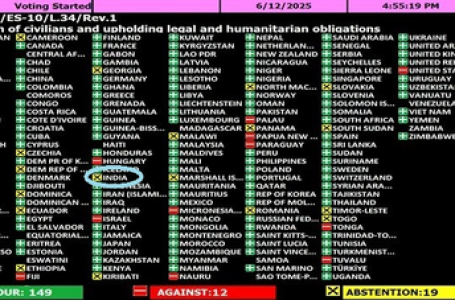
‘Jamdani’ is a fine, woven muslin fabric originating in Bangladesh which has now gained recognition globally. The widely appreciated and cherished art of Jamdani weaving was, in 2013, recognized by UNESCO as an intangible cultural heritage of the world, providing its dwindling numbers of weavers with a much deserved recognition.
The opulence of the jamdani design not only makes it a technical marvel but also guarantees its omnipotence in the handloom industry, which no machine could ever surpass in its richness.
The genesis of jamdani weaving can be traced back to the Mughal era, with its origin in Sonargaon, just outside the Bangladesh capital. Sonargaon continues to be the hub of jamdani weaving. The word ‘Jamdani’ was derived from the Persian word ‘Jam’ (meaning flower) and ‘Dani (vase). As the name suggests, jamdani traditionally had flower motif vividly woven on a loom into the fine fabric by expert craftsmanship.
During the Mughal era, jamdani and muslin production was at its zenith, patronized by the Mughals. The region around Dhaka was naturally blessed with a type of cotton called ‘Kapas’, which produced fine, long and soft cotton fibres. The ‘Julahas’ or weavers would turn this fabric into unparalleled jamdani sarees. This region around Dhaka was very fertile and suitable for this cotton. The water in the surrounding rivers were rich in minerals and soil along the river banks contained sufficient moisture and heat, aiding the cultivation. The river water was used to dye and clean the cotton, while its mineral content gave a glaze to the cotton fabric. The network of rivers not only aided in giving ‘julahas’ the finest fabric, but also in its transportation and providing local and overseas markets.
Today, the Jamdani sari is known for its finesse and intricacy and also for being highly priced. However, most people do not realise the labour that goes into creating these classics. The cotton threads are dyed, strengthened and softened by soaking overnight in a solution of rice water starch, allowing the women to wind it more easily onto bobbins. It is tedious work done early in the morning before the heat dries the thread, making it difficult to handle. The wound bobbins are sent to another worker who prepares the warp on a beam. Then, the warp is sent to the weaver’s house where it is set on a loom. Interestingly the designs are woven directly into the fabric by a weft technique. Usually, two men work together on a loom.
During the British colonial era, the Bengal jamdani and muslin industries rapidly declined due to imports of industrially manufactured products. It was difficult for weavers to compete with cheaper machine-made products. Jamdani is a labour- intensive form of weaving. The final product could take five months or more to produce. The final handloom product is an unparalleled technical marvel, showcasing the artisan’s fine creativity. Once on the verge of extinction, artisans ensured survival of the jamdani heritage by holding on to their creative artistry and craft and handing it down to succeeding generations.
Since then, the Bangladesh government established the Jamdani Industrial Estate and Research Centre as an initiative to improve the jamdani industry. The Bangladesh Small and Cottage Industries Corporation was set up in 1982 to bolster the jamdani industry. Since its inception, the National Crafts Council of Bangladesh is engaged in crafts research and development. It not only promotes the crafts sector but works towards maintaining the originality of craft traditions and benefits the poor weavers by ensuring their livelihood.
They collaborate with Bangladesh’s biggest handloom/craft fashion houses – Aarong, Aranya, Tangail Saree Kutir and Kumudini – to organize Jamdani festivals to showcase its different aspects. They have even tried to recreate antique jamdani designs.
Crafts organizations arrange events to promote Jamdani but, increasingly, Bangladeshi embassies and innovative diplomatic practices are also contributing to promote jamdani, the pride of Bangladesh. ‘Jamdani diplomacy,’ by presenting dignitaries of different countries with jamdanis is now an accepted and adopted way to enhance the recognition and appreciation of jamdani abroad.
The growing Bangladeshi diaspora and the rapidly growing economy has widened the horizon for jamdani, giving it global popularity. Earlier, appreciation of the jamdani was limited to West Bengal, Tripura and Assam. To make it attractive to a wider clientele, jamdani is now being made into material for kurtas, salwar kameez and scarves.
Bangladeshi women today take pride in wearing ‘jamdanis’ at national events. The Jamdani saree has become a symbol of identity, dignity and self-recognition for Bangladeshis. Others who join the Jamdani fold feel it is among the most expensive and delicate fabrics and, also, a symbol of aristocracy. Bangladesh’s envoys and well-wishers are working to see that the world recognizes the fine artisans who have persevered to uphold these marvellous creations.



















